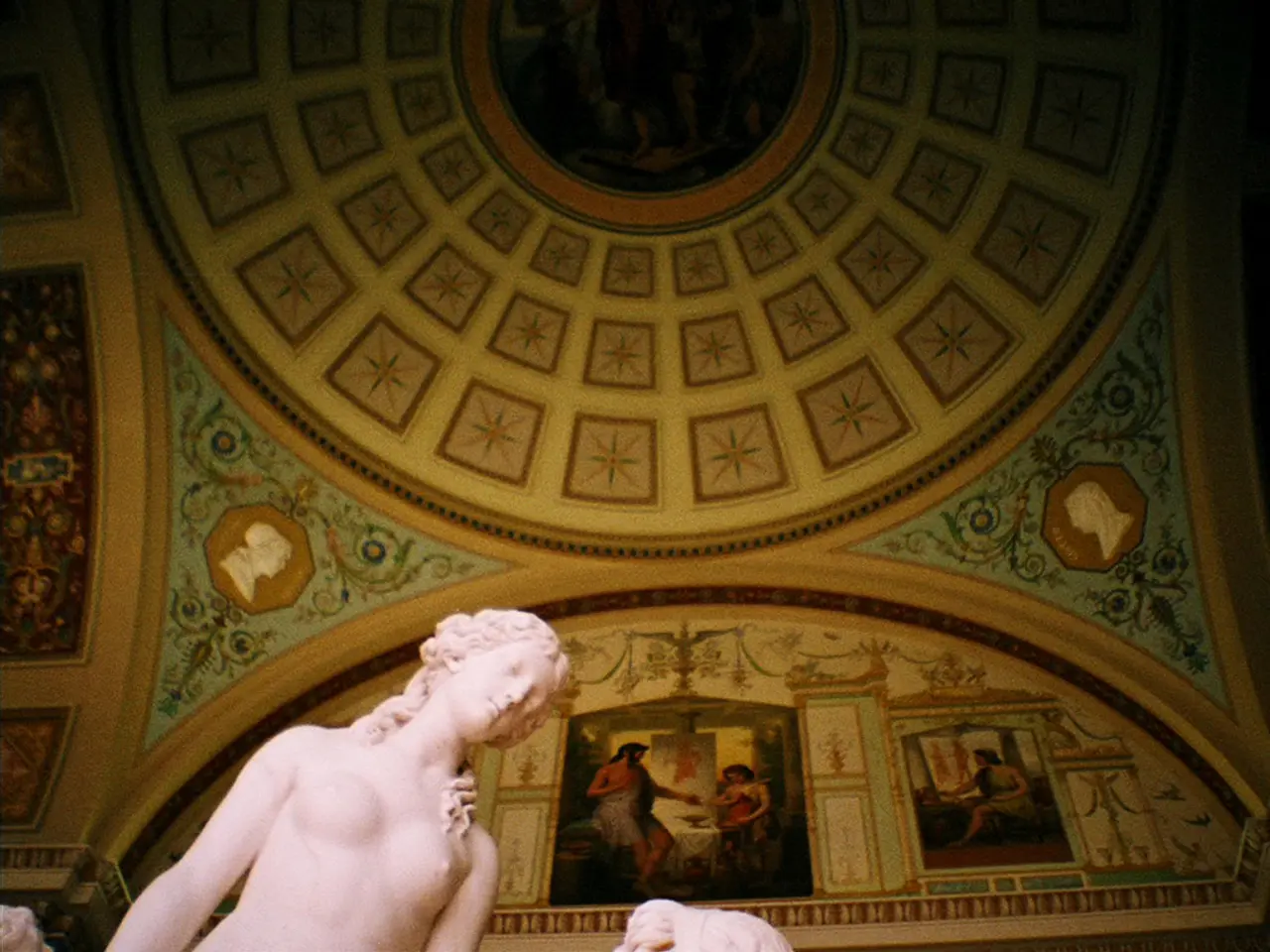Examining the Fascinating Gemstone Red Beryl
In the heart of the USA, nestled within the picturesque landscapes of the Wah Wah Mountains and Thomas Range, a rare gemstone of extraordinary beauty and scarcity has been unearthed. This elusive gemstone is known as red beryl, and it has captured the imagination of gem enthusiasts and collectors around the world.
The origin of red beryl can be traced back to 1904 when Maynard Bixby discovered this captivating gemstone at Maynard's Claim in the Thomas Range, Utah. Since then, only a few significant sources have been identified, with the 'Ruby Violet' or 'Red Beryl' mine in Utah being the primary and most reliable source of gem-quality red beryl.
Red beryl forms under an unusual set of geological circumstances, making it one of the rarest varieties of the beryl family, which includes emerald and aquamarine. Crystals of red beryl grow in the hexagonal crystal system, rarely exceeding two inches in length, and the largest crystal ever found weighed a mere 54 carats. In fact, one red beryl is mined for every 150,000 diamonds, making it an exceptionally rare gemstone.
The Harris family owned the red beryl mine from 1976 to 1994, and in 1994, they leased the mine to Kennecott Exploration Company for three years. Due to downsizing, Kennecott did not realise the full potential of the mine, and in 1997, Gemstone Mining Inc. (GMI) extended the lease for another year at a cost of $10M. GMI acquired all the stones that had been successfully mined by Kennecott.
The color of red beryl ranges from a pleasing raspberry-red to an intensely saturated purplish-red. The rarity of this gemstone is further emphasised by the fact that a two-carat red beryl is considered as rare as a 40-carat diamond.
In the mid-1990s to 2016, a synthetic red beryl was produced by the Russian Institute of Crystallography in Moscow. However, the value and allure of natural red beryl remain unmatched.
In recent years, the mine has reverted to the full ownership of the Harris family. Red Emerald Ltd, a Gibraltar-based company, purchased the stones mined by GMI. It is important to note that the term 'red emerald' is not recognised by the FTC and is often used incorrectly to refer to red beryl or pezzotaite.
The search for red beryl continues in the Utah mountains, where it continues to captivate and intrigue those who seek out its rare and beautiful glow. The red beryl mine in Utah remains a testament to the enduring allure of this elusive gemstone and the unique geological conditions that make its discovery possible.
[1] Geology.com [2] Red Beryl Foundation [3] Mineralogical Society of America [5] Utah Geological Survey
- Exploring the world of gemstones, one may come across various courses and workshops on gemmology, providing in-depth knowledge about rare gems like red beryl.
- For those interested in the scientific aspects of red beryl, publications from organizations such as Geology.com, Red Beryl Foundation, Mineralogical Society of America, and Utah Geological Survey are valuable resources.
- Researchers and hobbyists alike can obtain a diploma in gemmology upon successful completion of education-and-self-development programs focused on gemstone identification and evaluation.
- In the realm of finance, investments in rare gems like red beryl can be a unique way to diversify one's portfolio, as the value of these stones often increases over time.
- Technology has played a crucial role in the mining of red beryl, as advanced instruments help to locate and extract the gems in the Utah mountains.
- As a rarity on par with a 40-carat diamond, red beryl is covered extensively in general news, entertainment, and lifestyle media, due to its allure and exclusivity.
- The medical-conditions community might find it fascinating to learn that red beryl is composed of beryllium aluminum silicate, a compound that has various industrial applications outside of the gemstone industry.
- For space-and-astronomy enthusiasts, it is worth noting that beryllium, one of the components of red beryl, is also used in spacecraft and telescope components due to its lightweight strength.
- In the ever-evolving landscape of education-and-self-development, the story of red beryl provides an inspiring example of the journey from discovery to global fascination, demonstrating the power of science, rarity, and human curiosity.




